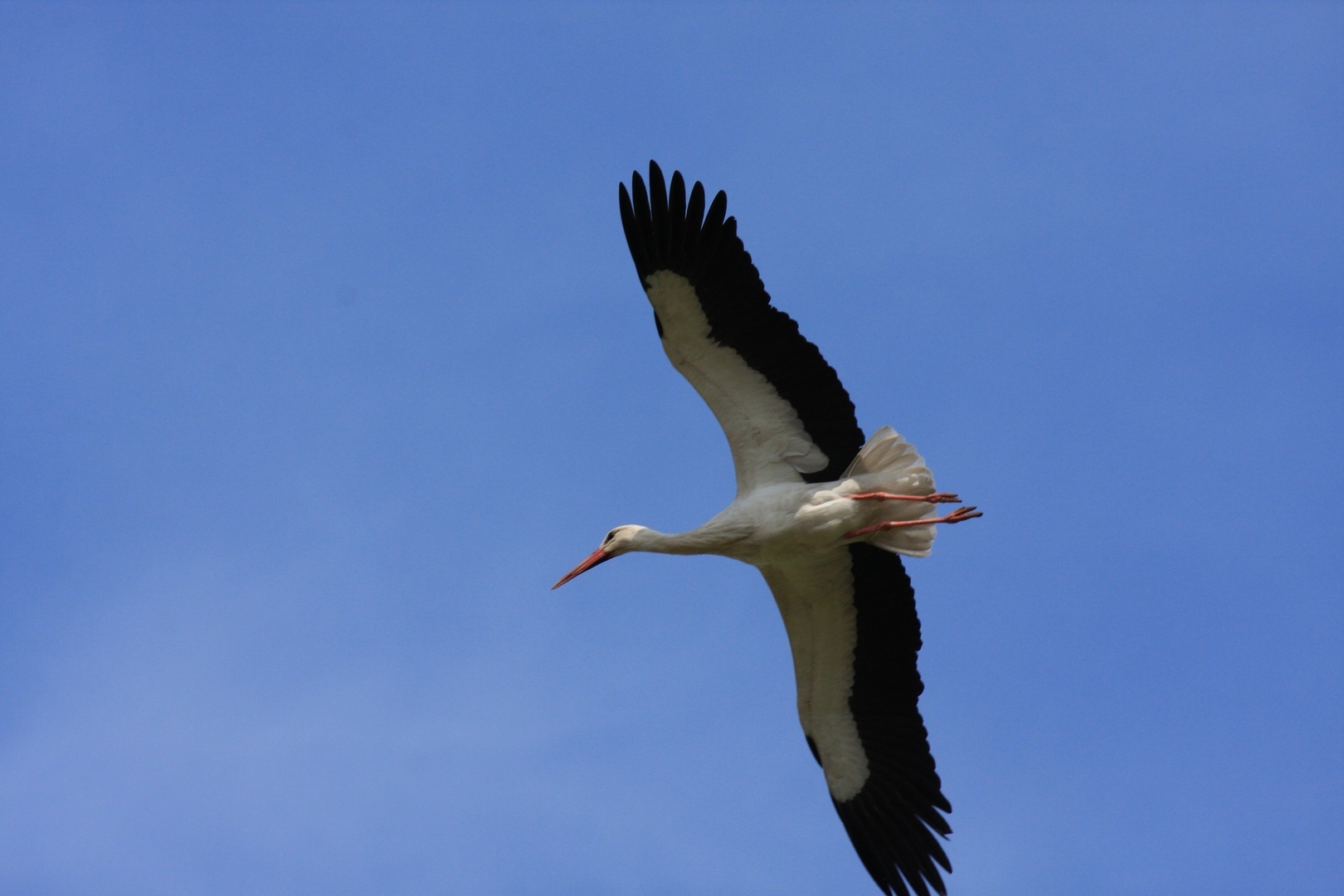
Despite much progress in migration, he is still well behind the rest of the birds. During the autumn migration, most storks pass the south-eastern ends of Europe before the end of August. Since mid-September, only the most late individuals remain in Europe. But this applies only to birds from Central and Eastern Europe. The rapidly developing Spanish stork population has different migratory habits. These birds are increasingly feeding on landfills, which make it possible to obtain food all year round. That is why most of those storks remain on the Iberian Peninsula for winter, not moving away from the nests for more than a few dozen kilometres.
We look forward to what our stork will do. Will he stay in Turkey and try to stay for winter there? Will he fly to Africa? And if he does fly to Africa, will he fly safely through countries such as Syria, Lebanon and Egypt, which have gained a bad reputation in the mass killing of migratory birds. BirdLife estimates say that around 25 million birds are killed every year in the Mediterranean area. The largest number of birds are killed in Italy, Egypt, Syria, Lebanon and Cyprus. Birds of different species are killed. From small singing birds to the largest eagles, pelicans and storks. Birds are killed with the use of various methods. Legally and illegally. On the Internet, you can find reports about how a group of hunters in Lebanon hunt a flock of storks that have stopped for the night to rest during their migration. With the use of dazzling lights, heavily armed, they kill the whole flock. Why? Not because of hunger, but to publish photos on Facebook where they proudly and joyfully present their trophies. There are many drastic pictures and films on the Internet, as well as petitions calling for an end to this massacre. As technology develops, the scale of this phenomenon increases. For many migratory bird species, illegal hunting is becoming one of the most serious threats. The victims of hunters/poachers are not only common species but also the rarest species. Remember Bruzda? May our stork be more lucky.
Text: Łukasz Krajewski, Biebrza National Park

